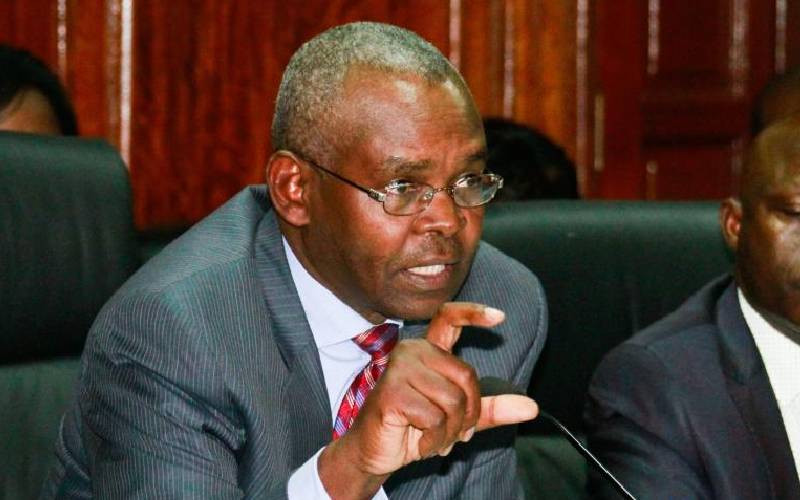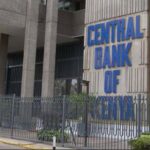In a significant move reflecting improved economic conditions, the Monetary Policy Committee (MPC) of Kenya has lowered the Central Bank Rate (CBR) to 12.75 percent. This decision, announced during the MPC meeting on August 6, 2024, comes against a backdrop of an improved global outlook for growth, easing inflation in advanced economies, and persistent geopolitical tensions.
Global economic recovery continues, driven by strong growth in the United States and improved prospects in emerging markets like China and India. However, risks such as geopolitical tensions and high-interest rates in advanced economies pose potential threats. In contrast, global inflation has moderated, with central banks in some major economies lowering interest rates.
Kenya’s inflation rate saw a decline to 4.3 percent in July 2024 from 4.6 percent in June. Food inflation remained stable at 5.6 percent, with lower prices for key non-vegetable items like maize, sugar, and wheat flour. Fuel inflation also decreased to 4.5 percent in July, thanks to lower pump and electricity prices. This decline is expected to continue, supported by a stable exchange rate and anticipated harvests.
The country’s GDP data for the first quarter of 2024 showed a resilient economy, with a 5.0 percent growth rate. This growth is attributed to favorable weather conditions boosting agriculture and strong performance in the services sector. However, industrial sector growth, particularly in manufacturing and construction, slowed down. The GDP is projected to grow by 5.4 percent in 2024, slightly down from 5.6 percent in 2023.
Surveys conducted among agriculture sector respondents, CEOs, and market participants indicate a positive outlook for the economy, expecting stable or declining inflation rates due to improved food supply and a stable exchange rate. However, concerns remain about the impact of recent protests, high business costs, and potential geopolitical tensions.
The current account deficit has decreased to 3.7 percent of GDP, with increased exports and improved tourist arrivals contributing to the economic resilience. Remittances have also seen a significant rise, providing further economic stability. The Central Bank of Kenya’s foreign exchange reserves stand at USD 7.3 billion, providing a buffer against short-term shocks.
The banking sector remains stable, with strong liquidity and capital adequacy ratios. Despite a slight increase in non-performing loans, banks continue to make adequate provisions. Growth in commercial bank lending to the private sector stood at 4.0 percent in June 2024, with local currency loans showing robust growth.
The MPC’s decision to lower the CBR aims to maintain this positive economic trajectory while ensuring continued exchange rate stability. The committee will monitor the impact of these measures and stands ready to take further action if necessary. The next MPC meeting is scheduled for October 2024.
This strategic adjustment in monetary policy highlights Kenya’s commitment to fostering economic stability and growth amid global and domestic challenges, providing a roadmap for sustained economic resilience.





